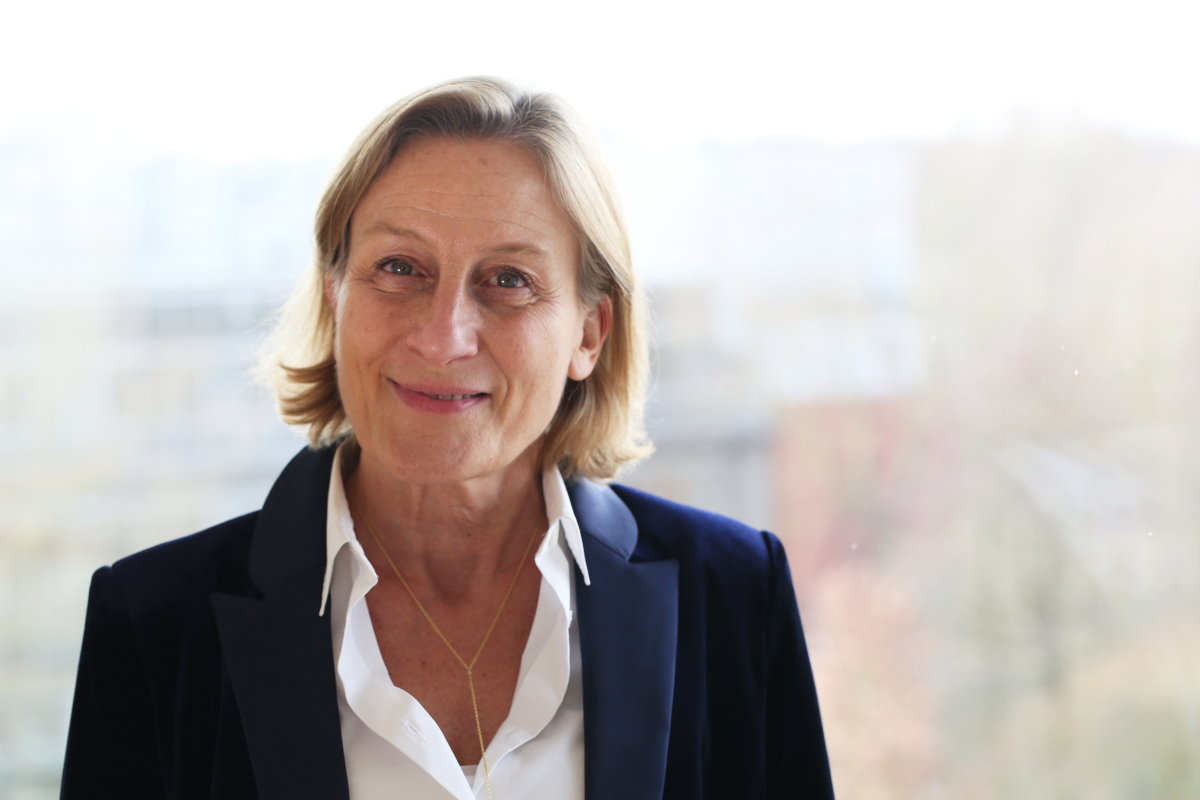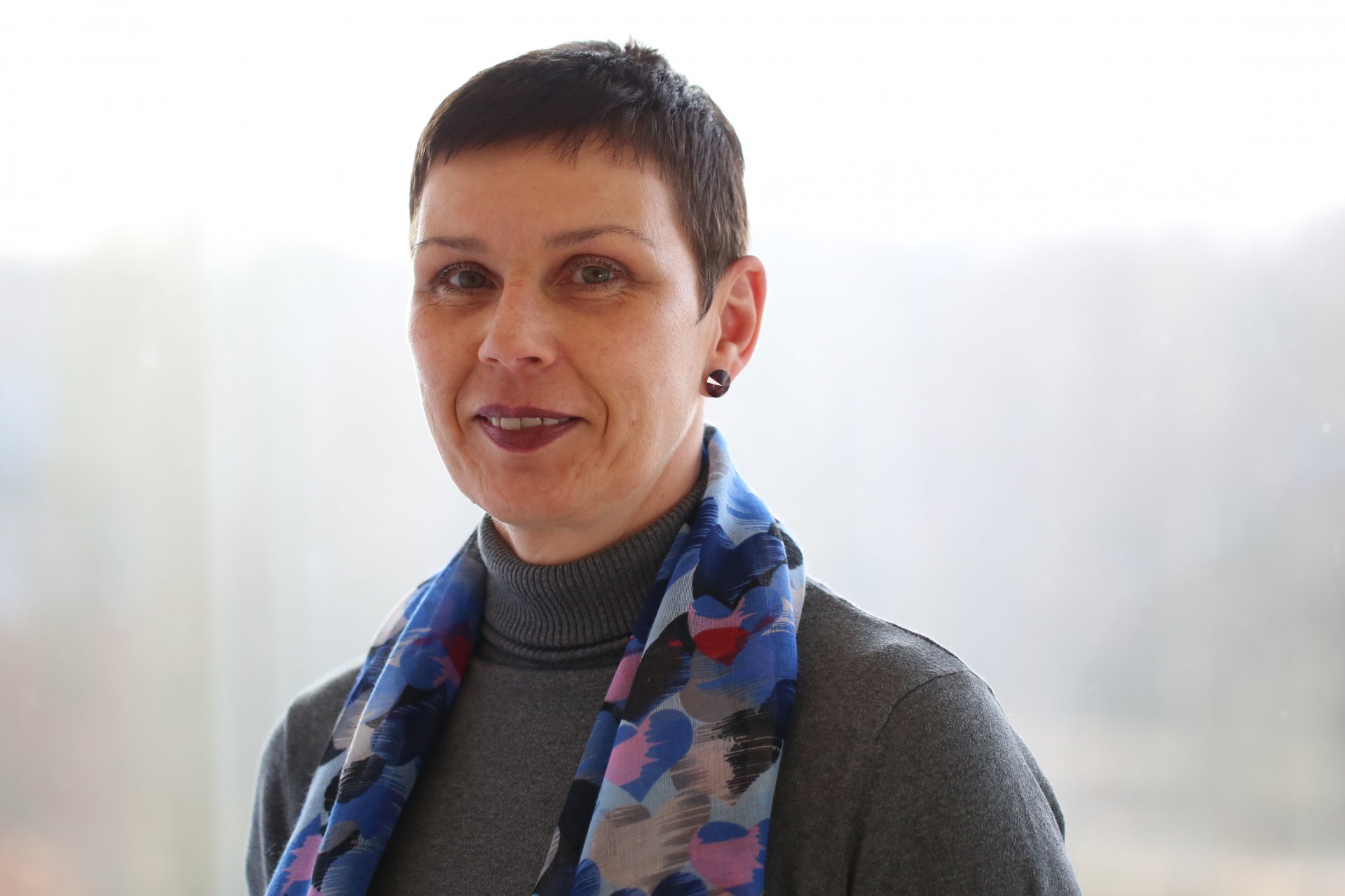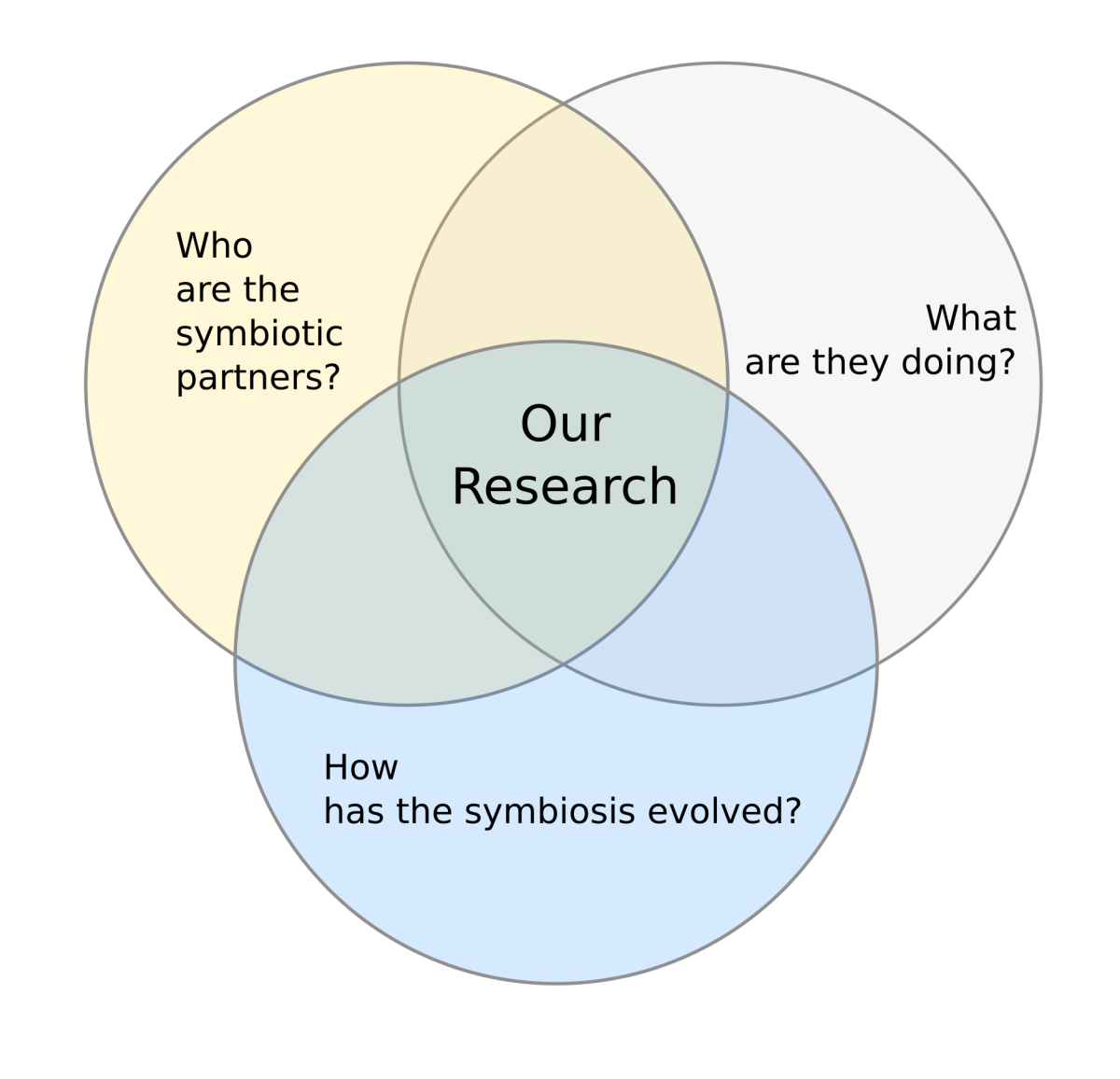- Departments
- Department of Symbiosis
Department of Symbiosis
Director
MPI for Marine Microbiology
Celsiusstr. 1
D-28359 Bremen
Germany
|
Room: |
3241 |
|
Phone: |

Assistance
MPI for Marine Microbiology
Celsiusstr. 1
D-28359 Bremen
Germany
|
Room: |
3102 |
|
Phone: |

Our research on symbioses between microbes and animals is centered around three questions:
Who are the symbiotic partners?
This question is easy to answer for the animal side of the symbiosis, but it remains a challenge to reveal the true diversity of microorganisms, even in such low-diversity habitats as symbioses.
What are they doing?
What is the metabolism of the symbionts? Which pathways do the symbionts use to gain energy and feed their host? How do the symbionts sequester carbon, nitrogen, and sulfur from the environment?
How has the symbiosis evolved?
How have biogeography, environmental conditions, and phylogenetic relationships influenced the evolution of the symbiosis? How have the partners adapted to the symbiosis?


